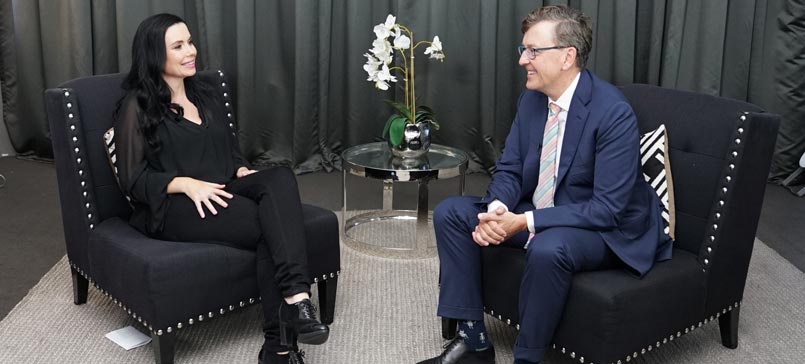Making plans to transition your business to the next generation is always going to be a difficult task – and not just because of the emotions it can conjure up.
If you’re a practice owner, you’ve put deal of blood and sweat into making your business what it is. Inevitably, though, everyone needs an exit strategy. Capital Partners chief executive David Andrew discussed his experiences with this process at the 2018 Financial Planning Association Congress in Sydney.
Here’s what he learned:
The initial challenge
Andrew’s succession journey began when one of his partners indicated they “didn’t want to do this forever.”
At that stage, it was about moving along a spectrum from considering a trade sale (that is, selling off a client book) to genuine succession.
In this case, the latter was chosen.
Generation next
Transitioning operating responsibilities is, as one might expect, easier said than done. As Andrew put it, “I’d like $5 for every practice owner who was left disappointed after a younger person left because they were dissatisfied. It’s such a wasted opportunity.”
Part of the problem, he said, is promising too much too soon: “Sometimes it’s too early to have these conversations. You can lose good people by promising some kind of equity stake at the job interview stage that ends up not being delivered to their expectations.”
Because of this, it’s critical to make a plan.
“We were very clear about what we wanted,” he said. “For example, we knew we wanted to stay out of institutional hands. And we wanted to set up the next generation of owners for success.”
The key thing to remember
So what was the main component in ensuring they could do that? Communication.
“What I thought at the outset was a conversation between ‘Gen 1’ and ‘Gen 2,’” he explained, “was actually four separate conversations.”
In his words, Gen 1 was talking to Gen 2, but Gen 1 were also talking between themselves. So were Gen 2, and finally Gen 2 were talking to their families about the investment in the business – the responsibilities and costs involved.
“We forgot that these people had their own goals and dreams,” he said, “meaning it wasn’t just about our vision for the business.”
Complexity vs ambiguity
Furthermore, Gen 1 and Gen 2 had very different sets of expectations.
For Gen 1, it was about ensuring the legacy of the business could continue smoothly. But for the younger generation, who hadn’t built the business, there were a lot of questions Gen 1 hadn’t anticipated.
“Sometimes I actually felt insulted,” he said, “like, ‘Don’t you trust me?’ But of course it was never really about that. If they’re going to take a stake in the business, they need to understand what they’re doing. They may have questions you never anticipated, or considered to be assumed knowledge.”
While Andrew said these moments of frustration were minor overall, it nonetheless imparted on him a lesson for any planning business, regardless of size: when it comes to succession, communication is key.
The opinions expressed in this content are those of the author shown, and do not necessarily represent those of No More Practice Education Pty Ltd or its related entities. All content is intended for a professional financial adviser audience only and does not constitute financial advice. To view our full terms and conditions, click here.




